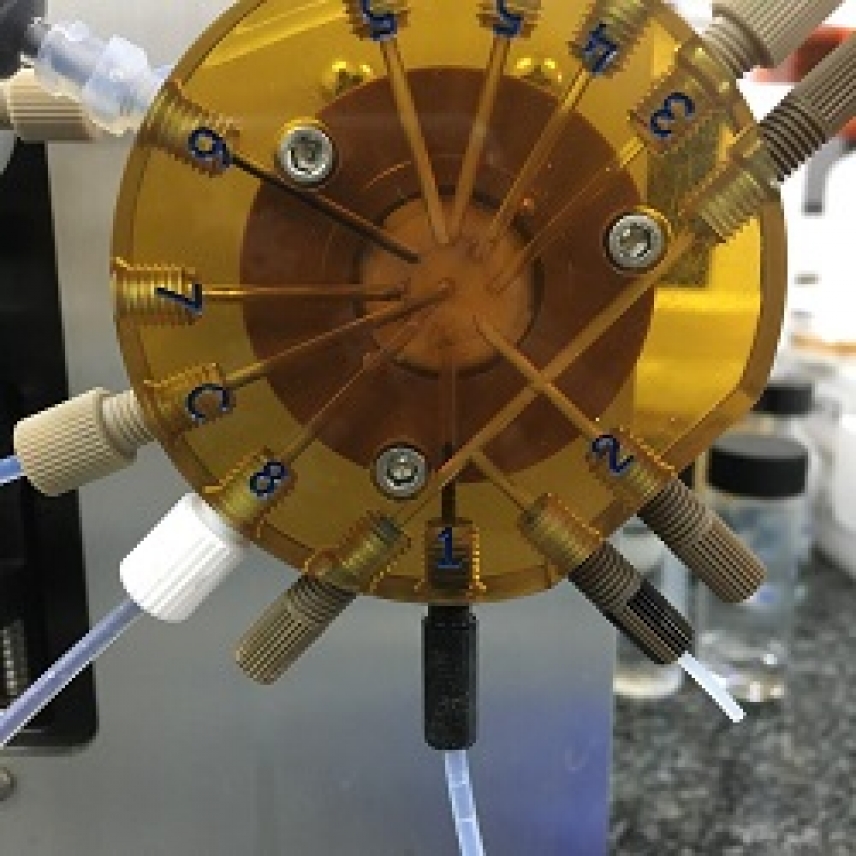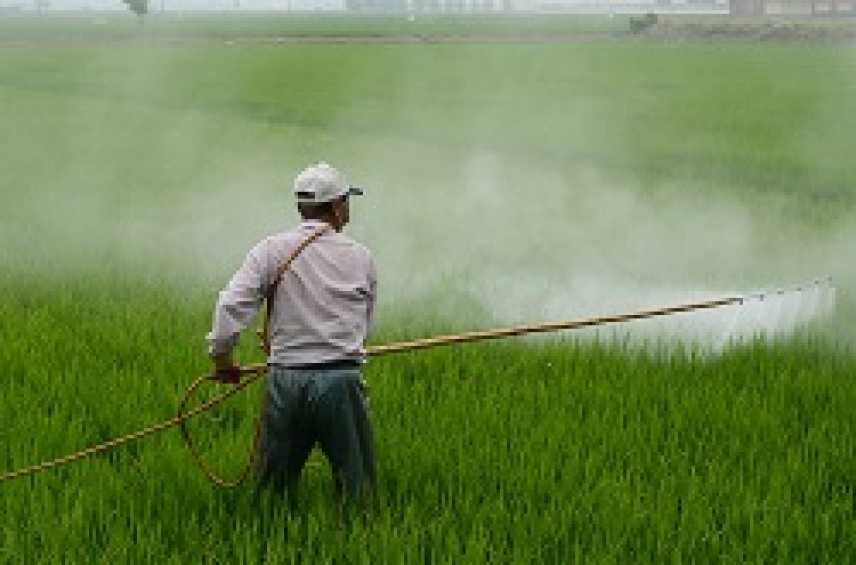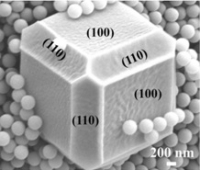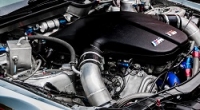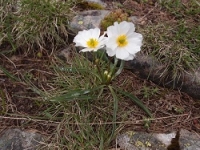A new analysis system is able to identify pollutants from cosmetics in seawater
Escrito por UCC+iA University of Cordoba study, in partnership with the University of the Balearic Islands, uses carbon-coated titanium dioxide nanotubes to analyze samples affected by parabens from lotions and shampoos
A University of Cordoba research group has designed a method that detects the presence of pollutants in seawater in a faster and more efficient way and also at very low concentrations. Specifically, the team from Cordoba, in partnership with the University of the Balearic Islands, focused on several substances used as preservatives in soap, lotion and deodorant, which end up in the sea. Concerns about parabens and triclosan have been voiced from different sectors, and the European Commission has been monitoring these substances and limited their use. Parabens and triclosan keep bacteria and fungi from damaging shampoo and toothpaste, but they become a real problem once they get to the sea, where they affect the marine ecosystem. Identifying their presence contributes to the design of measures that correct their effects. This is the idea behind the work on the system designed by the University of Cordoba.
University of Cordoba researchers manage to reduce oxidative stress brought about by this well-known pesticide in mice via a selenium-enriched diet
Since it was first synthesized almost 150 years ago, the pesticide Dichlorodiphenyltrichloroethane, better known as DDT, has been widely used to fight illnesses caused by insects. Later, it was proven to not only kill off the species it targeted, but also wreaked havoc on the environment, on human beings and on other species in the ecosystem.
A new system is designed that improves the quality of frozen horse spers
Escrito por UCC+iThe method reduces ice crystals that form during cryopreservation and affect spermatozoon structure
Cryopreservation is a freezing method that stores spermatozoa to be used for reproduction. Although it is a widespread process, its main issue is the ice formation that occurs during said process, which ends up affecting sperm structure and quality. In order to diminish this harm, usually permeable cryoprotectants are used, which are substances that penetrate tissues and act inside cells in order to stop ice crystals from forming when temperatures go down.
Porous materials make it possible to have nanotechnology under control
Escrito por UCC+iA University of Cordoba research team is able to stabilize different metallic nanostructures by encapsulating them in porous monocrystalline materials
Half metal, half organic structure, like Robocop himself, is the material known as MOF, short for Metal Organic Framework. MOF has been developed by scientists and applied to a myriad of products from sorbents to batteries for electronic devices. This material emerged from the nanotechnology revolution that turned material design upside down and facilitated the improvement of chemical processes. MOFs are a new organic and inorganic hybrid material made up of metallic nodes and organic links characterized by their porosity, that is to say, by the intermolecular spaces that it is comprised of.
Artificial intelligence combats the noise from diesel engines
Escrito por UCC+iSeveral University of Cordoba research teams have created a new system to predict the sound from these engines depending on the chemical physical composition of the biofuel
For years now, diesel engines have been one of the greatest competitors in the car industry. In spite of their advantages such as durability and affordability, one of their weaknesses continues to be the noise they produce. Now, a new model, designed by several University of Cordoba research groups, allows for predicting this noise depending on the chemical physical composition of the biofuel that powers the engine.
Being asexual in the Alps is an evolutionary advantage for survival
Escrito por UCC+iAn international team explains why specimens of an Alpine flower that reproduce without fertilization are more widespread than their sexually reproducing counterparts
At between 5 and 20 centimeters long, it has white flowers and is the Alpine version of the yellow-flowering Mediterranean buttercup. Ranunculus kuepferi, though fragile in appearance, is one of the plant species that has best adapted to extreme conditions, such as high mountain climate. For thousands of years now, these flowers have decorated the valleys of Europe’s tallest mountains, which are home to more than 30,000 wild species. Learning how this plant adapted and survived could help better understand how living beings respond to changes on Earth. In the case of Alpine buttercups, the key seems to be found in how they reproduce, according to a research project carried out by an international team which included University of Cordoba Botany Professor Diego Nieto Lugilde.


